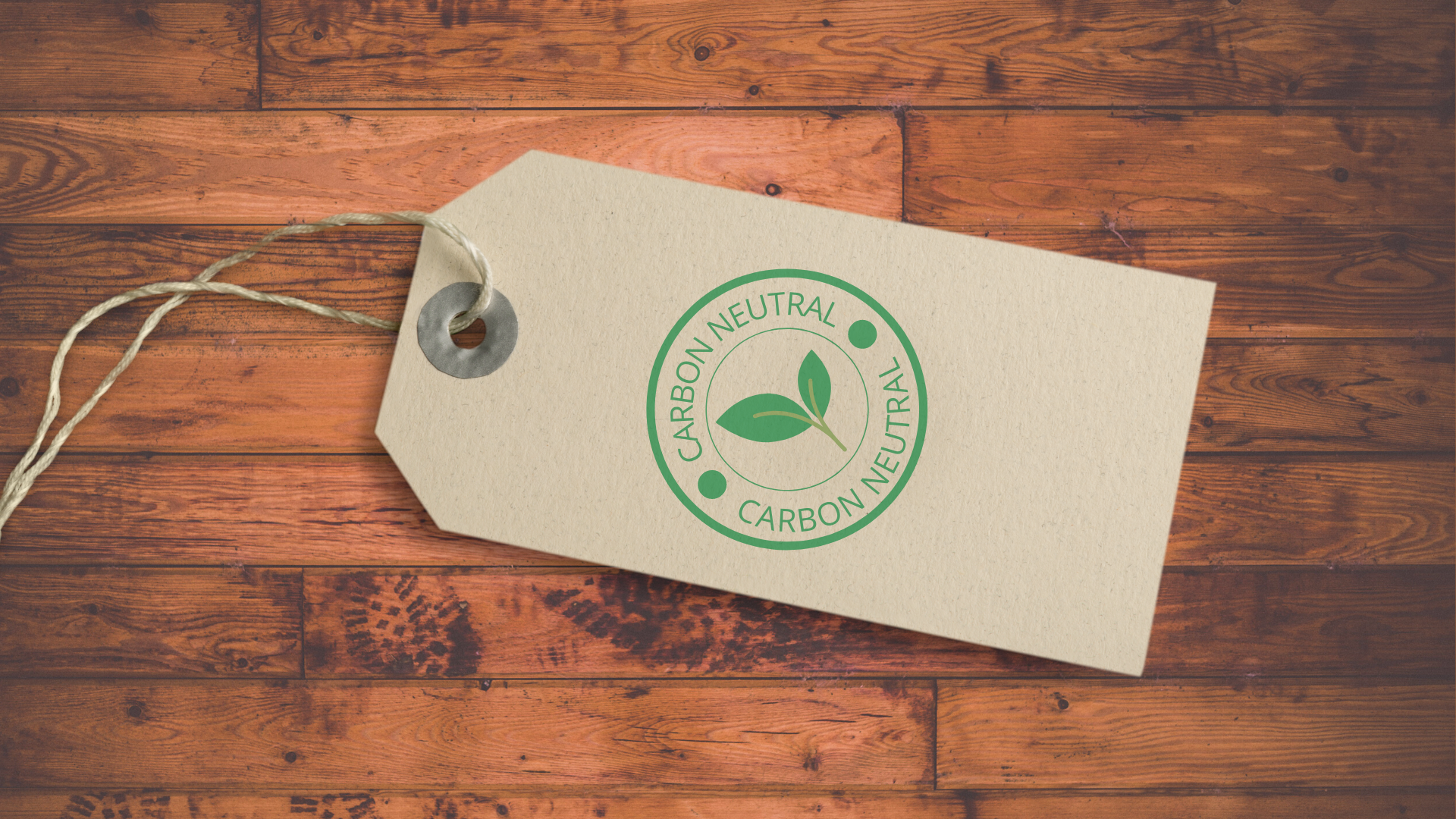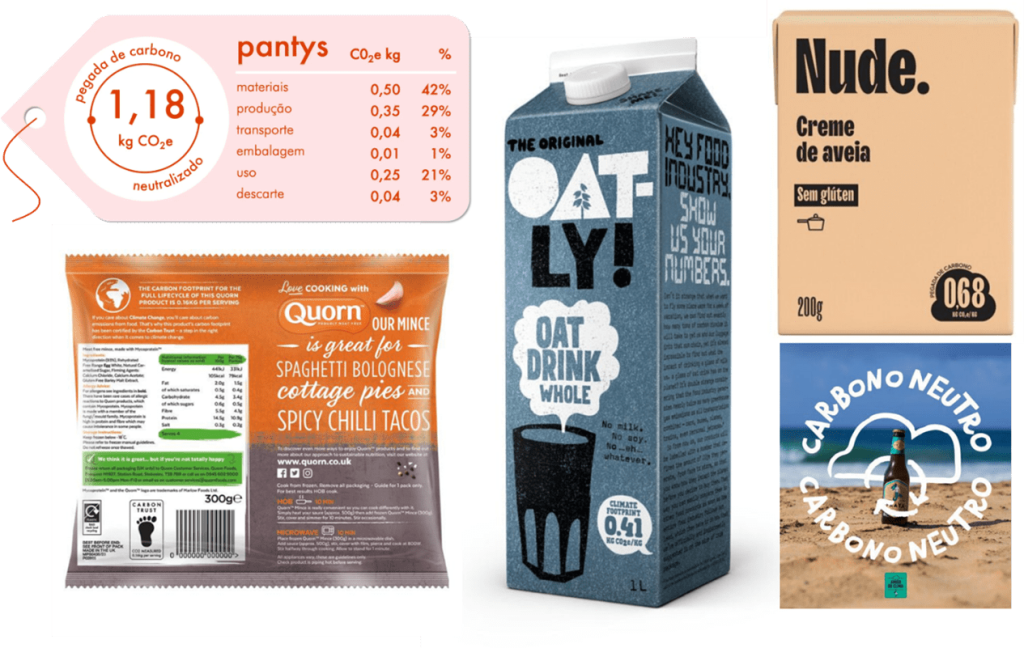
Due to the impact on climate change, carbon emissions and other greenhouse gases (GHG) must be measured, managed, reported and reduced, in accordance with commitments made at the UN Conference of the Parties.
Due to the Paris Agreement and other public policies, business organizations, as they represent more than half of emissions, have become the main recipients of GHG reduction measures.
In this way, we see a movement among companies to consider carbon labels or climate labeling as a tool for dialogue, as customers, investors and regulators are increasingly interested in knowing what happens inside them, how products are developed, how they treat employees and the impacts of operations and services on society and the environment.
In this context, the climate labeling Can it be considered a trend or a reality? The correct answer would be both options. In some countries, such as Sweden and the Denmark for example, it is under development or implementation. In England, the meat substitute producer Quorn already launched sustainable labels on 60% of its products in 2020.
Climate labeling or carbon labeling is the practice of disclosing the carbon footprint of the product in the packaging itself. That is, it is sharing through the label of the total amount of greenhouse gases (GHG) emitted for that product directly or indirectly throughout its life cycle.
Here in Brazil, the company Nude, which makes drinks based on organic oats, is one of the pioneering brands in this practice, but it is not the only one. Included in this list are Praya Beer (first carbon neutral brewery in the country), the Panty (reusable, biodegradable and carbon neutral absorbent panties for the period of menstruation) and the Logitech (technology equipment company that classified its portfolio through Life Cycle Assessment and labels its products with their respective carbon footprint).

The certifier Carbon Trust carried out a research in 2020 to analyze consumer acceptance of the measure. The results show that two thirds of those interviewed (customers from France, Germany, Italy, Netherlands, Spain, Sweden, United Kingdom and United States) are conducive to communication, as well as 64% would see a brand positively.
For companies to obtain the value of their carbon footprint (the base measurement printed on most labels is kg of CO2 equivalent), they need to establish a process of self-assessment and understanding of the impacts generated as they manufacture, distribute, use and dispose of this product at the end of its useful life, aiming for continuous improvement and implementation of new technologies.
Therefore, climate labeling is a means and not the end. And it's here to stay. It is up to us, as a company or individual, to be more aware of the risks and embark on the #MostreYourPegada movement, launched by Nude and which invites consumers and other organizations to monitor and communicate their environmental impact.
Consistent with our speech and purpose, we prepared an internal study for the calculation, analysis, pricing and compensation of the Foundation's carbon emissions. Therefore, for each project carried out by us annually, we plant an amount of seven trees to offset our emissions
Finally, what do you think about embarking on this journey?
Share